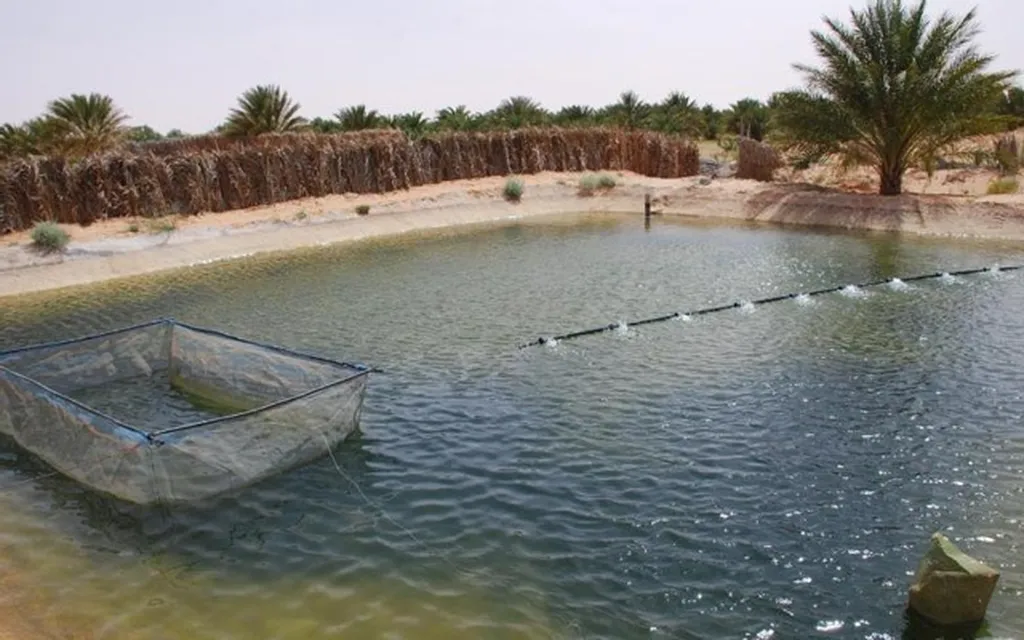In the heart of Algeria’s Saharan region, a groundbreaking study is reshaping our understanding of sustainable agriculture. Researchers at the Research Unit in Renewable Energies in Saharan Medium (URERMS) have uncovered a promising synergy between soil heating in greenhouses and irrigation using fish farm effluent. This innovative approach not only boosts tomato yields but also enhances their nutritional value, offering a potential game-changer for the agriculture sector.
The study, led by Malika Allali, investigated the impact of irrigation with fish farm water on tomato growth, comparing it with traditional methods in soil-heated greenhouses. The findings, published in the Revue des Énergies Renouvelables, reveal that fish farm effluent, rich in nutrients from fish feed, significantly improves the macro- and micronutrient concentrations in tomatoes. “The effluent not only meets the water needs of the plants but also enhances the availability of essential nutrients,” Allali explains. This nutrient-rich water, combined with optimal soil temperatures, leads to healthier, more robust crops.
The research highlights substantial improvements in the physicochemical properties of tomatoes. In 2022, tomatoes grown without soil heating had a refractive index (RI) of 1.3495 and a caloric value of 20.66 kcal per 100 grams. However, those cultivated in heated soil showed even more impressive results, with an RI of 1.3391 and a caloric value of 23.64 kcal per 100 grams. These values surpass the standard set by Cote in 2000, which stands at 18 kcal per 100 grams. The enhanced caloric value and nutrient content suggest that this method could lead to higher-quality produce, benefiting both consumers and farmers.
The commercial implications of this research are vast. By integrating soil heating with fish farm irrigation, greenhouse agriculture can become more efficient and sustainable. Farmers can reduce their reliance on synthetic fertilizers, lowering production costs and environmental impact. Additionally, the improved nutritional value of the tomatoes can command higher prices in the market, offering a competitive edge to early adopters of this technology.
This study opens new avenues for future developments in the field. As Allali notes, “The composition of the effluent depends on the fish feed, which can be tailored to supply specific nutrients required by the plants.” This flexibility allows for precise nutrient management, optimizing crop quality and yield. Furthermore, the integration of renewable energy sources for soil heating can make this approach even more sustainable, aligning with global efforts to reduce carbon footprints in agriculture.
The findings from URERMS provide a blueprint for a more sustainable and efficient agricultural future. By leveraging the synergy between soil heating and fish farm irrigation, farmers can enhance crop quality, reduce costs, and contribute to environmental sustainability. As the agriculture sector continues to evolve, this innovative approach offers a promising path forward, shaping the future of greenhouse farming and beyond.

